When the inaugural event did come off, on 19 March, the St Andrews Citizen of a week later reported that:
"spectators came trooping by rail, brake, waggonette, landan, phaeton, chapel-cart and every conceivable conveyance - the endless cavalcade on the main highways to Bruntshiels famous grass parks presenting between one and two o'clock, a most varied and animated picture....every horse available for hiring purposes was engaged, and many visitors who came to town by subsequent trains were obliged to walk to the rendezvous on foot, a distance of seven miles - most of which is uphill."
Once again the weather would not be kind to the 2,000 attendees:
"As the place of meeting drew in sight, a cold wind blowing steadily from the east and driving clouds of mist before it, did not augur well for the comfort or pleasure of the onlookers....The east wind, instead of abating, grew keener and colder as the afternoon wore on, and the surroundings ultimately submerged in a sea of mist."
In spite of this challenging start, the event returned the following year and this time "the weather was delightful for the season" according to the Courier of 31 March. The event continued at Bruntshiels annually until 1897, before lapsing for eight years, then returning 1905 to 1909. In 1910 the move to Balcormo was made - see St Andrews Citizen piece of 26 February 1910 below and subsequent advert from the 5 March Scotsman.
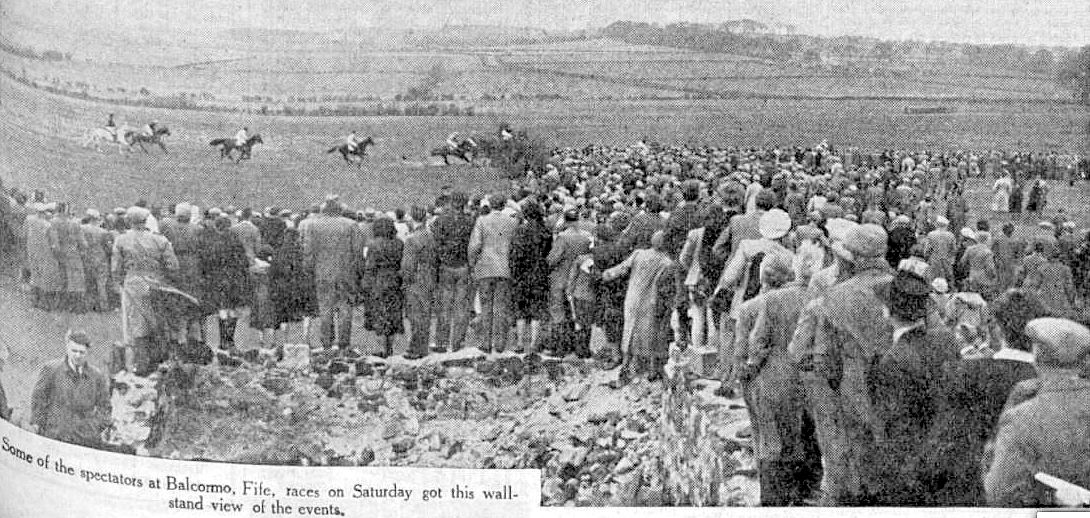
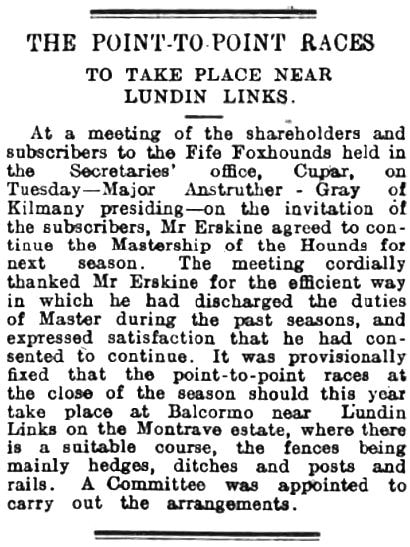
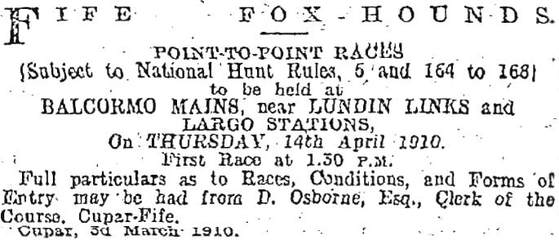
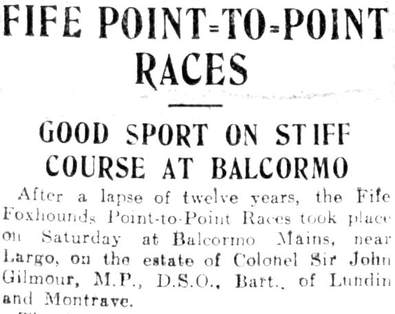
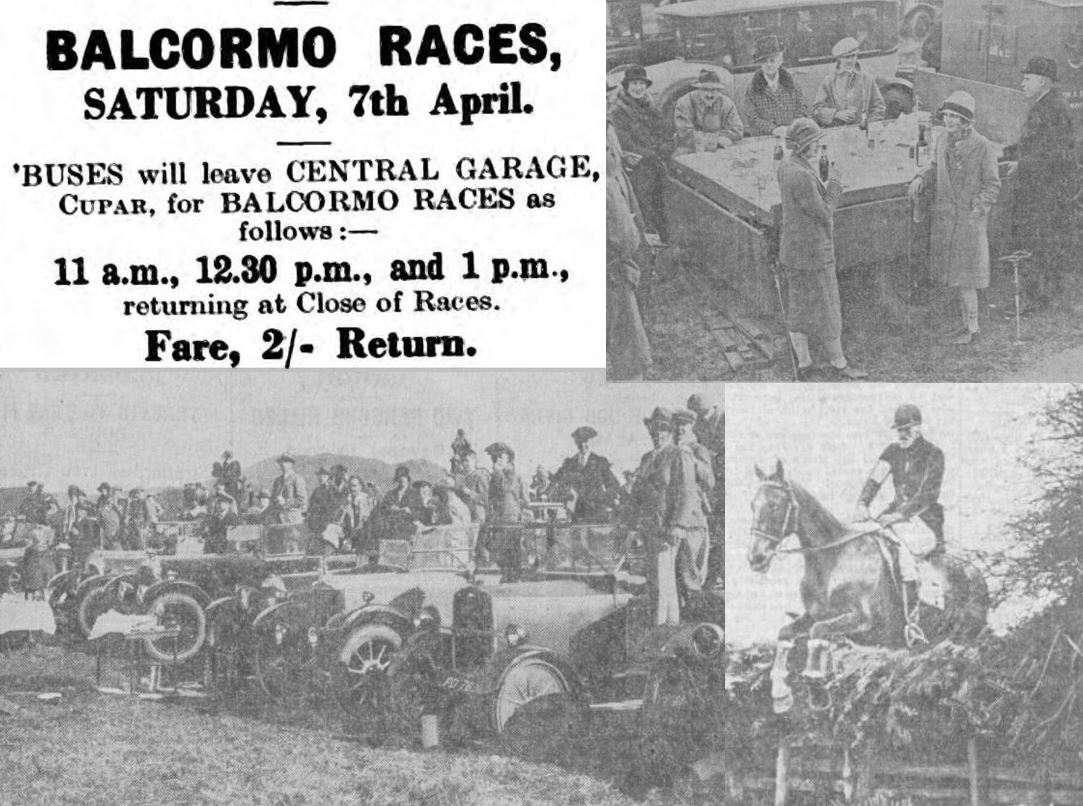
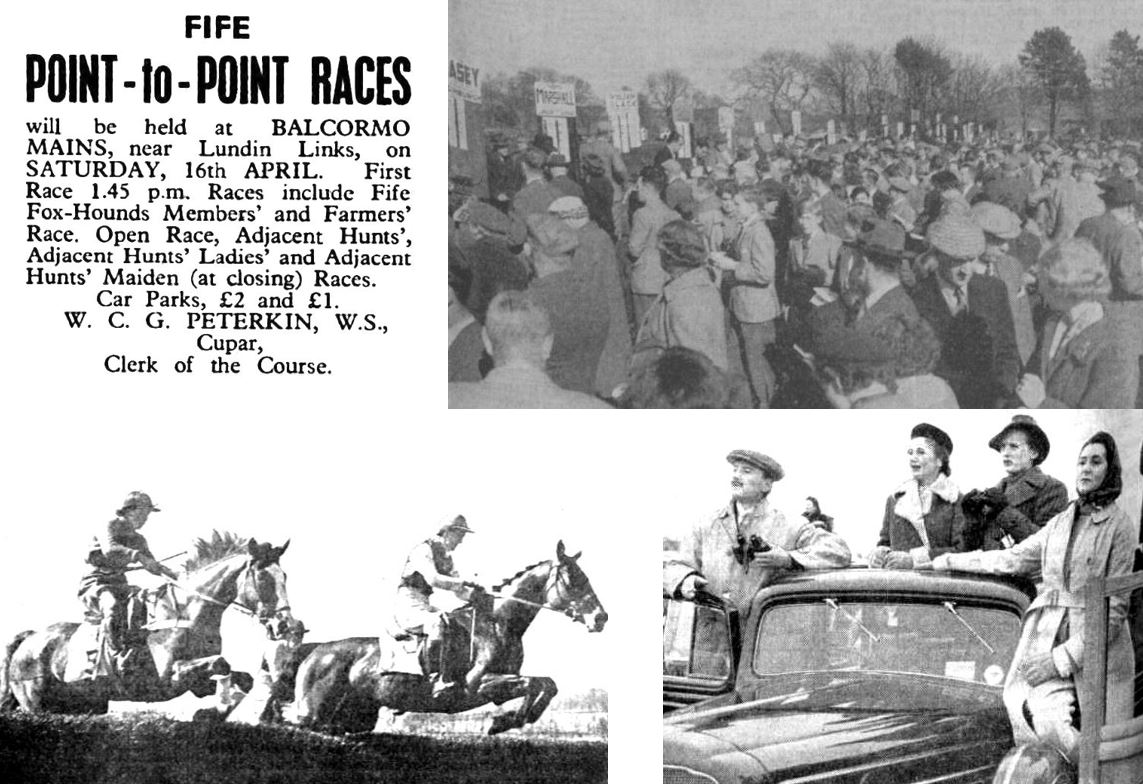
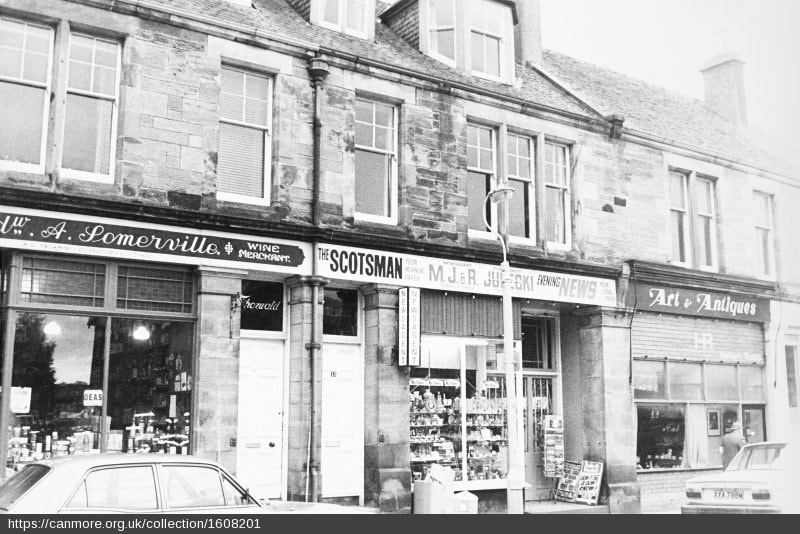
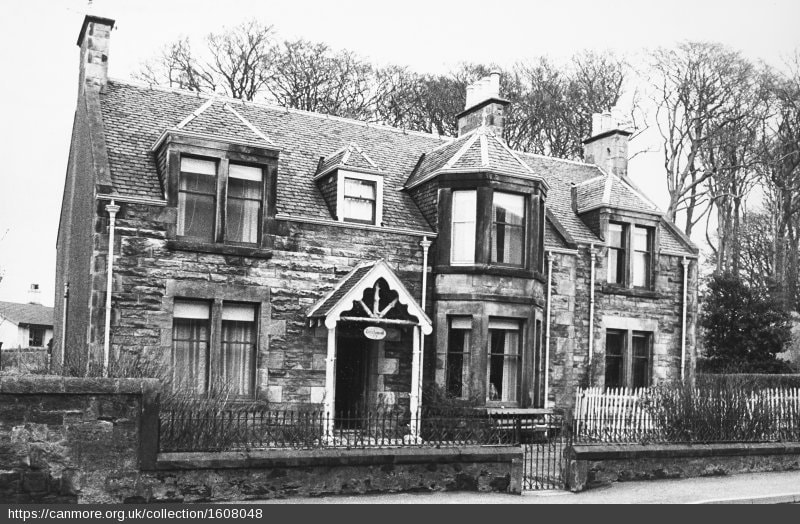
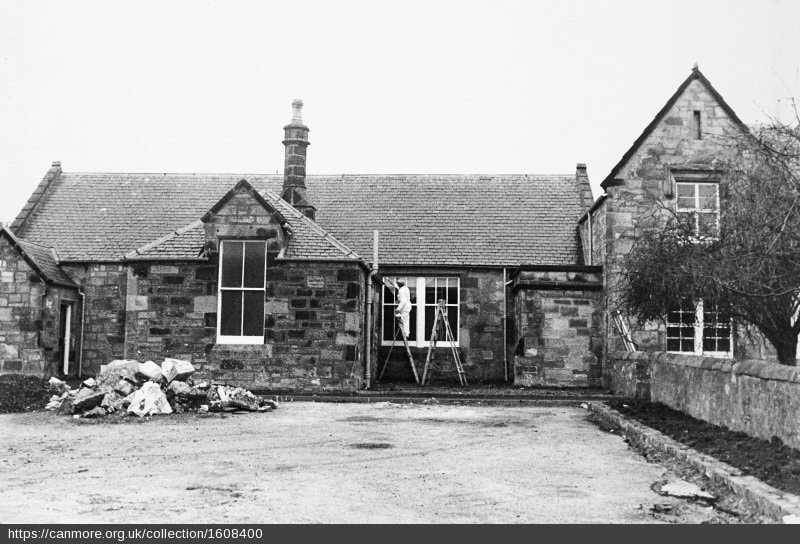
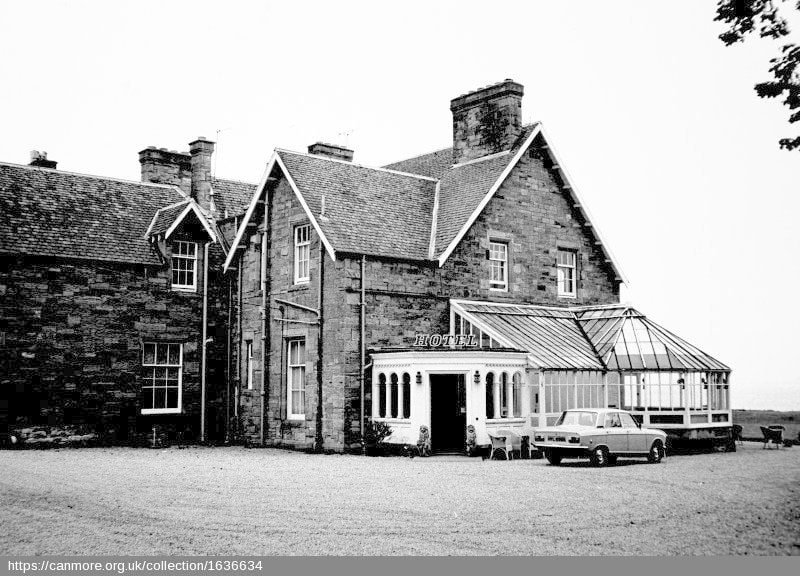
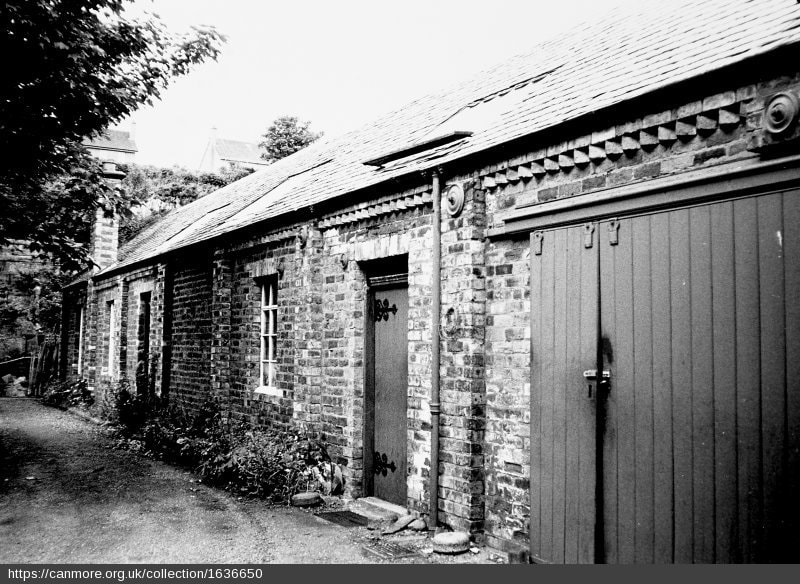
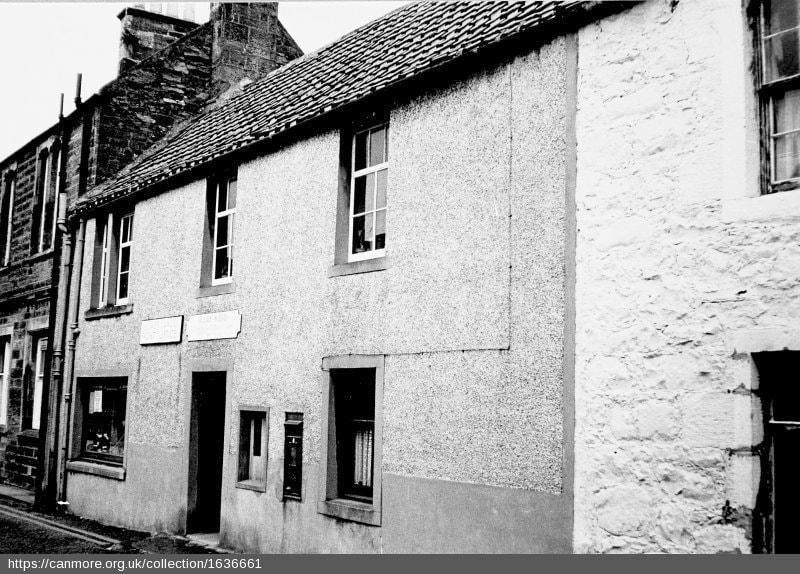
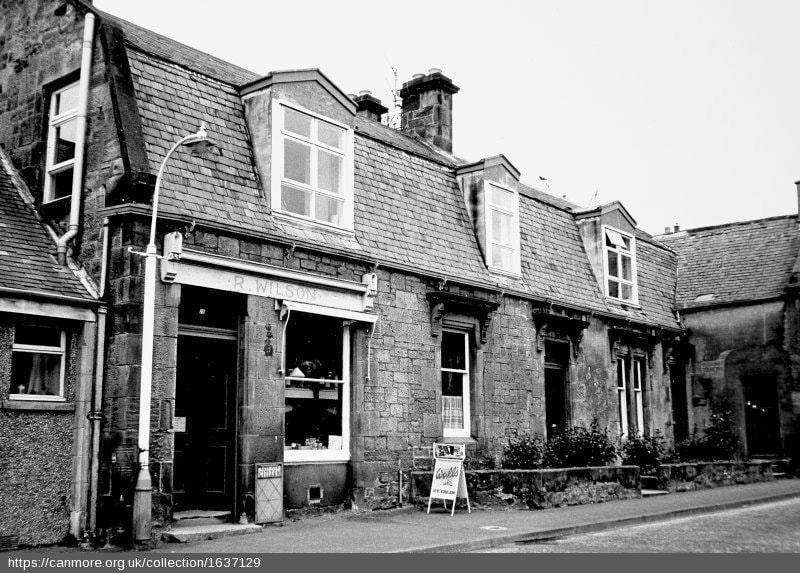
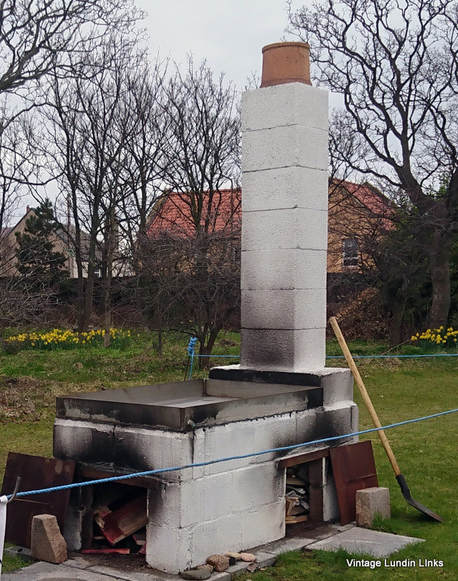

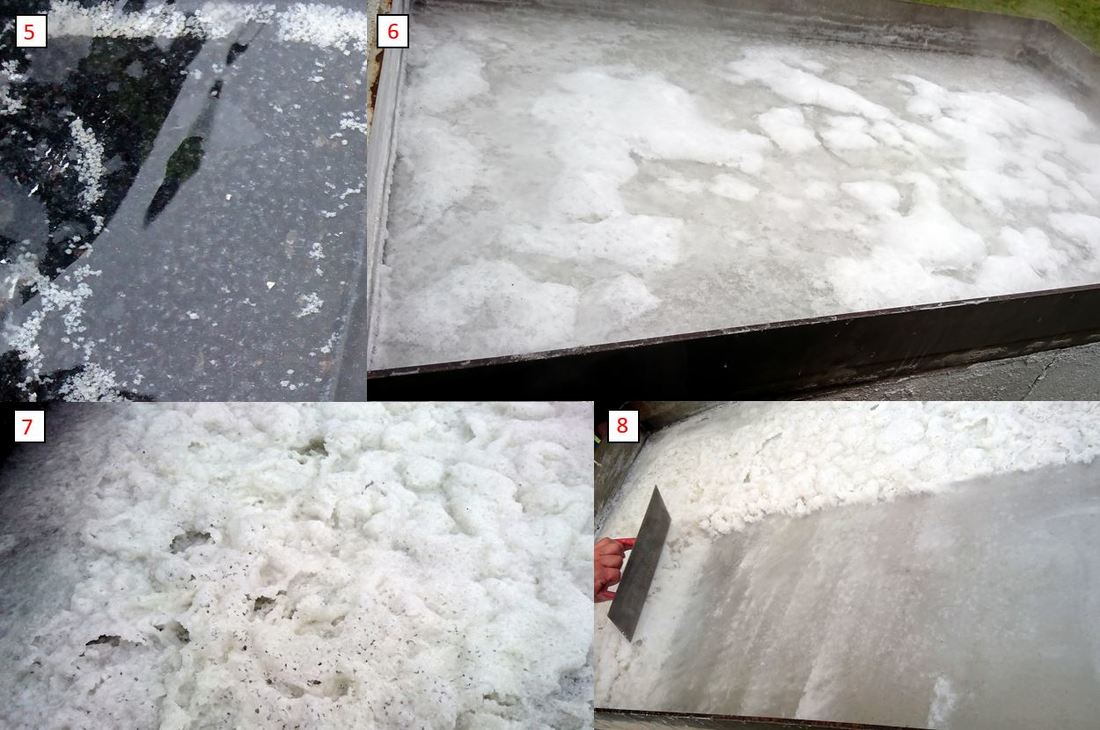
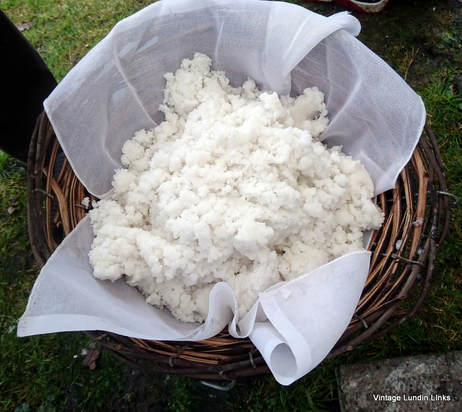
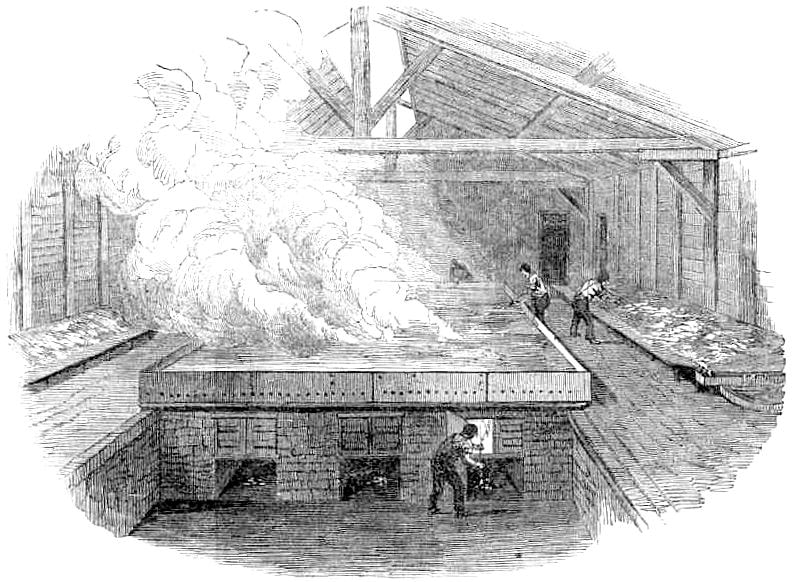

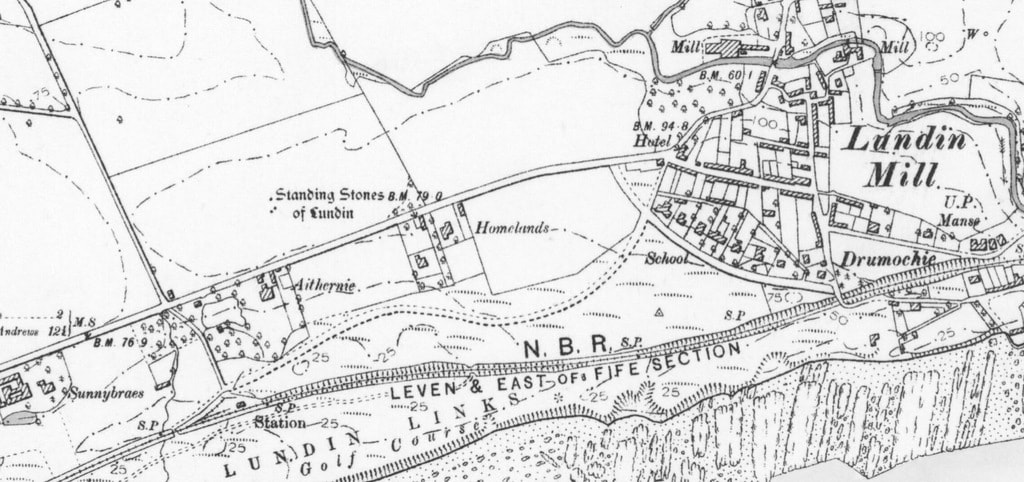
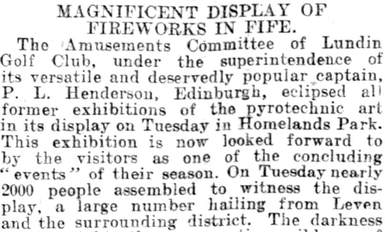
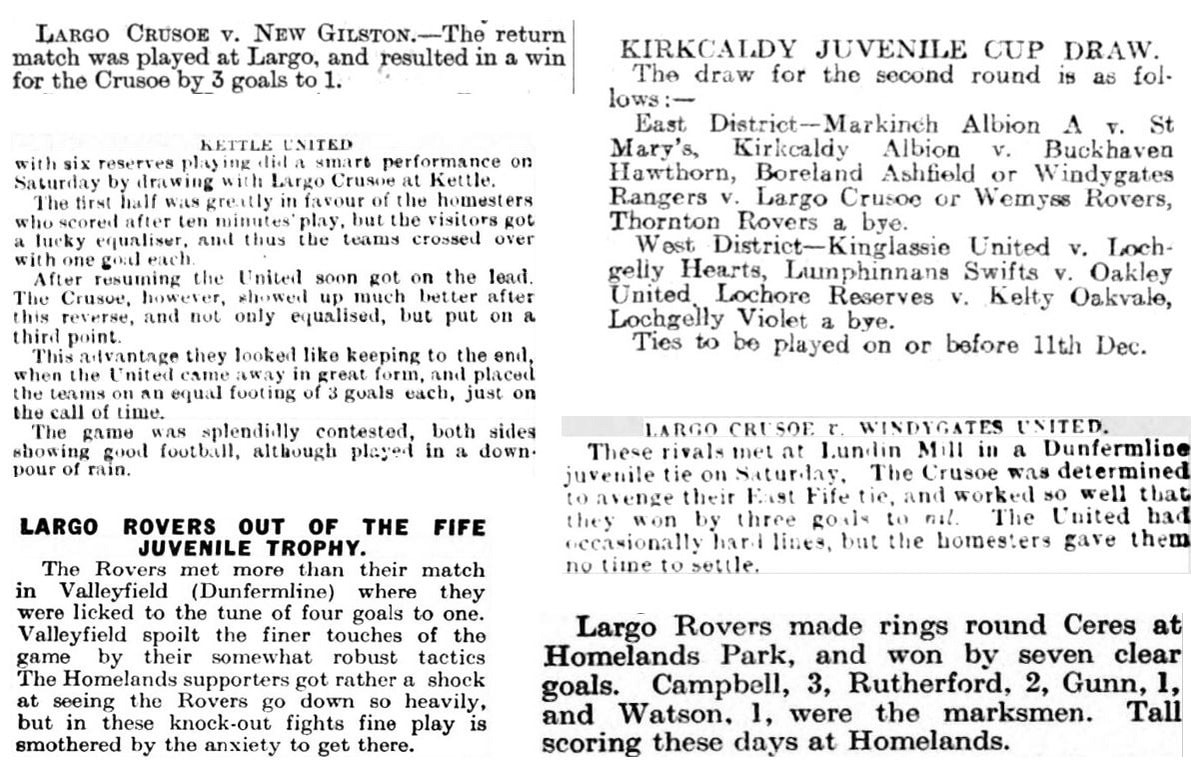

 RSS Feed
RSS Feed
